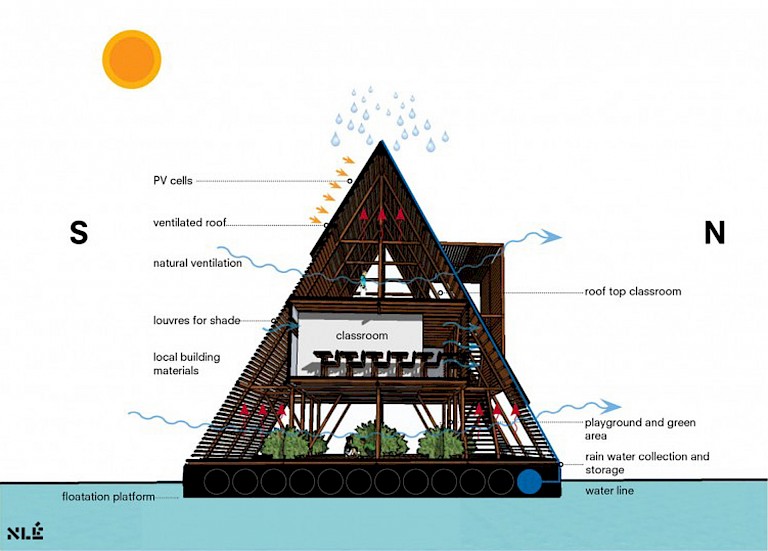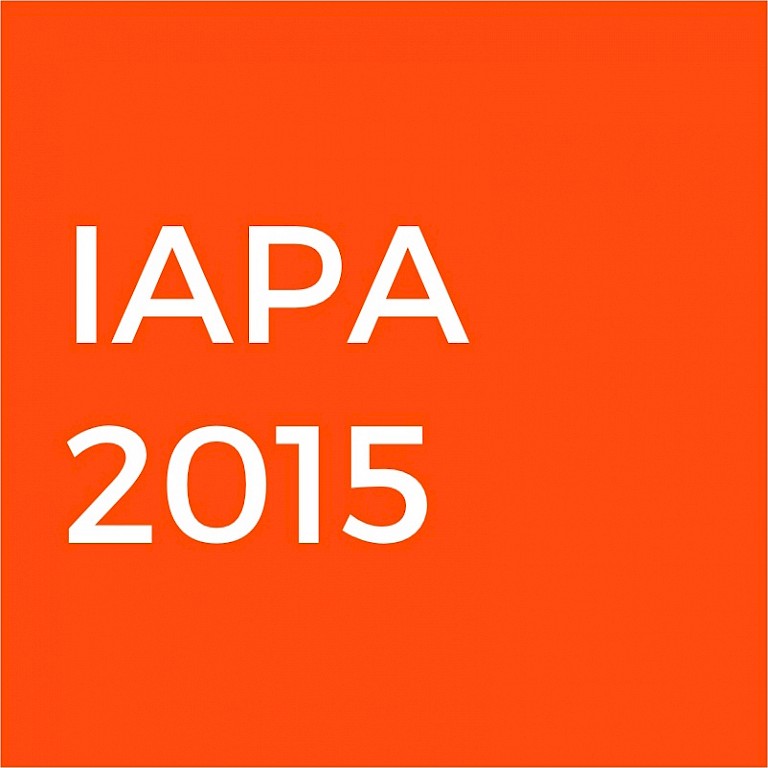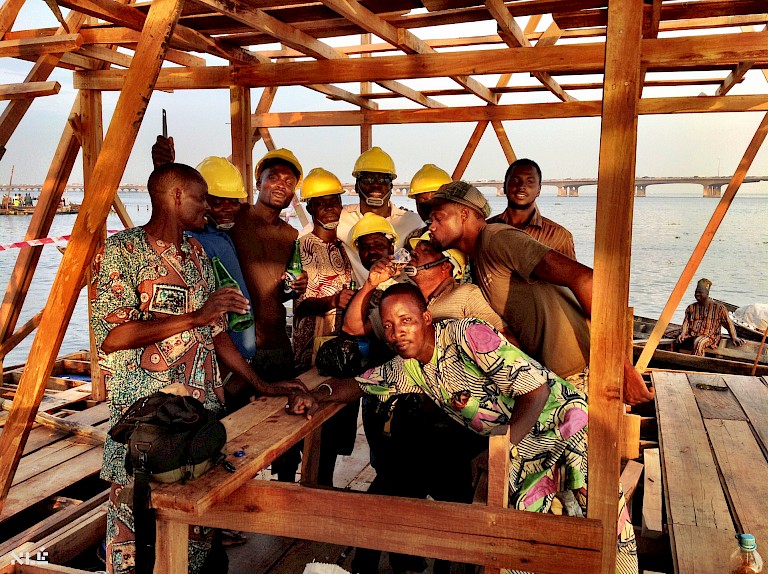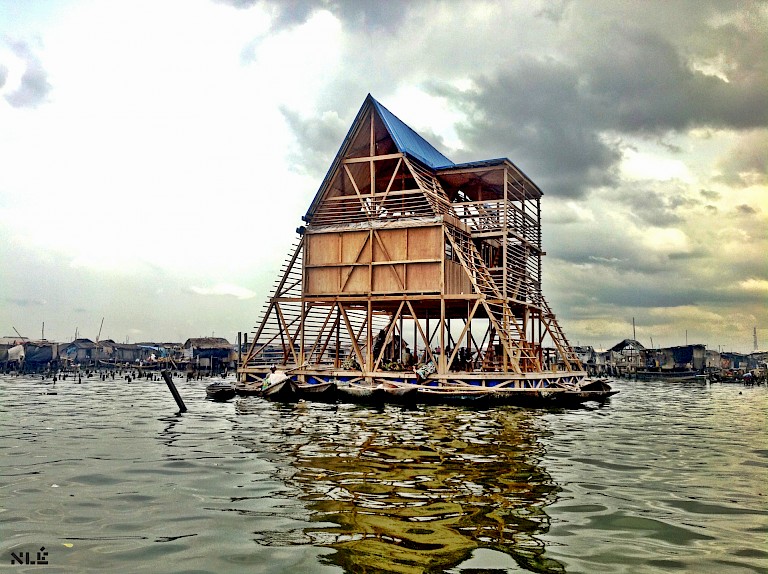



The most compelling attributes of the project are conceptual. Adeyemi reimagined water as his project’s construction site. He designed structures to harness and improve the skill sets of the artisans of the waterfront. The project was created from leftover materials donated by a local sawmill and locally grown bamboo, harnessing a Sub-Saharan tradition of utility from waste. It took the tradition of personal floating structures and made them into a community center. The structure is ten times larger than the local fishing vessels and stilt architecture used for residences and local businesses.
The project impacted the people for whom it was designed. Addressing the needs of a landless community interested in educating their school-aged children, the Floating School supplied a structural design harnessing the skills of local craftspeople.
It is not known whether the school is yet in operation, nor is it known if there are any amenities in the structure, such as electricity, fans, restrooms, built-in benches or desks, or mooring. One prototype four-story A-frame structure, complete with solar-powered systems, debuted in 2013.
The project is a success in that it provided a low-cost, property-free facility to educate local youth. From the urban planning perspective, it successfully provided useable space on the apparently unusable water surface. However, there is no mention of how covering a large plot of water will affect fish, crustaceans and aquatic plant life. Taking away the sunlight affects subsurface communities in water, and the human communities who rely on aquatic agriculture or fishing.
Kunlé Adeyemi, the principal designer, is an architect and urban planner. His firm is an architectural studio named NLÉ, which according to his firm’s web site, means ‘at home’ in Yoruba. Adeyemi has won several architectural awards for design innovation. He studied architecture at the University of Lagos in Nigeria and Princeton University in the Untied States, and then worked at the Office of Metropolitan Architecture (OMA), founded by Rem Koolhaas. The project statement does not address the public art aspect of the project directly or indirectly. There is no artist’s statement or evidence of professional artist involvement in this architectural and planning achievement.
The project demonstrates an innovative use of water as site, and engaged the community by employing local tradespeople in completing the untraditional design. However, the project was submitted without an identified public artist or public art goal, and the project brief emphasized design but omitted details of the artisans’ work or of the school finishes and overall installation.
All copyright belongs to Shanghai Academy of Fine Arts, Shanghai University.



